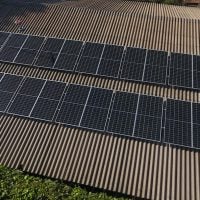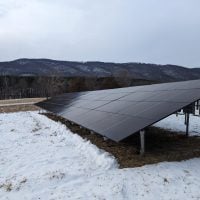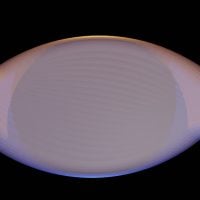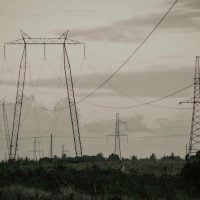Deadline: 18-Sep-2025
HMGCC Co-Creation has launched a challenge to accelerate research and innovation in advanced electromagnetic sensor technologies by supporting the transition from lab-based concepts to field-ready prototypes.
The focus areas include antennas, electronic engineering, manufacturing, materials science and engineering, photonics, quantum technologies, radio frequency science and engineering, and systems engineering.
The initiative aims to address the growing need for highly sensitive, precise, and reliable radiofrequency sensing capabilities that can operate across wide frequency ranges from 1 MHz to 4 GHz. These technologies, including quantum sensors, hold the potential to overcome existing limitations of classical antennas, such as bandwidth trade-offs, calibration requirements, inefficient radiating power, and directionality. The challenge will fund a 16-week project that provides financial support for time, materials, overheads, and indirect costs, with a budget of up to £250,000.
Applicants are expected to demonstrate their ability to deliver advanced electromagnetic sensors capable of non-contact, stand-off detection of electromagnetic fields over a few centimetres to several metres. Proposals should also consider robustness, portability, and potential protection against electromagnetic pulse attacks.
The project scope focuses on moving technologies at Technology Readiness Levels (TRL) 3–5 to a proof of concept stage suitable for field trials (TRL 6–7). Successful applicants will be invited to present their solutions during a pitch day, with final funding decisions based on scope, innovation, deliverables, feasibility, budget, and team expertise. The challenge is open to sole innovators, industry, academic, and research organizations, with collaboration encouraged, though applicants from countries under UK trade sanctions are not eligible.
This initiative represents a unique opportunity for innovators to contribute to the development of next-generation sensing technologies that can significantly advance national security and defence applications while also opening avenues for dual-use and commercial exploitation.
For more information, visit Connected Places Catapult.









































